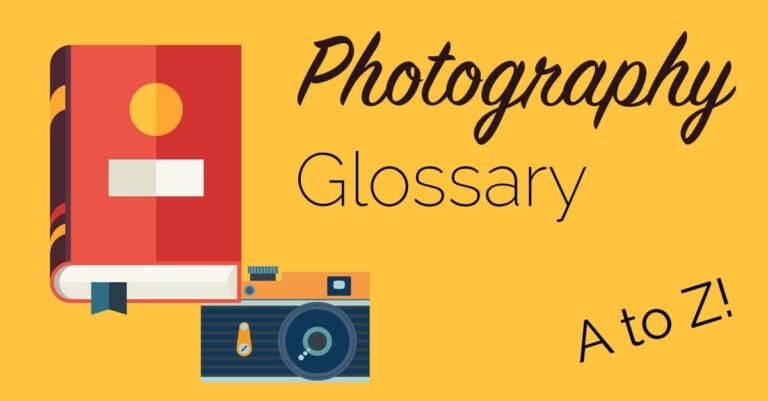OOF
What Does OOF Mean In Photography? OOF or Oof stands for Out Of Focus and it means that the area of the image is not within the depth of field for your given combination of aperture, focal length and distance from subject. Sharp, fine details will be lost and your image will look ‘soft’ or blurry, at least in part. If your subject is OOF then you’ve got a problem! But OOF can also be used to describe the background or foreground of an image as well. For example, someone might say “the image has a pleasingly OOF background”, meaning …

